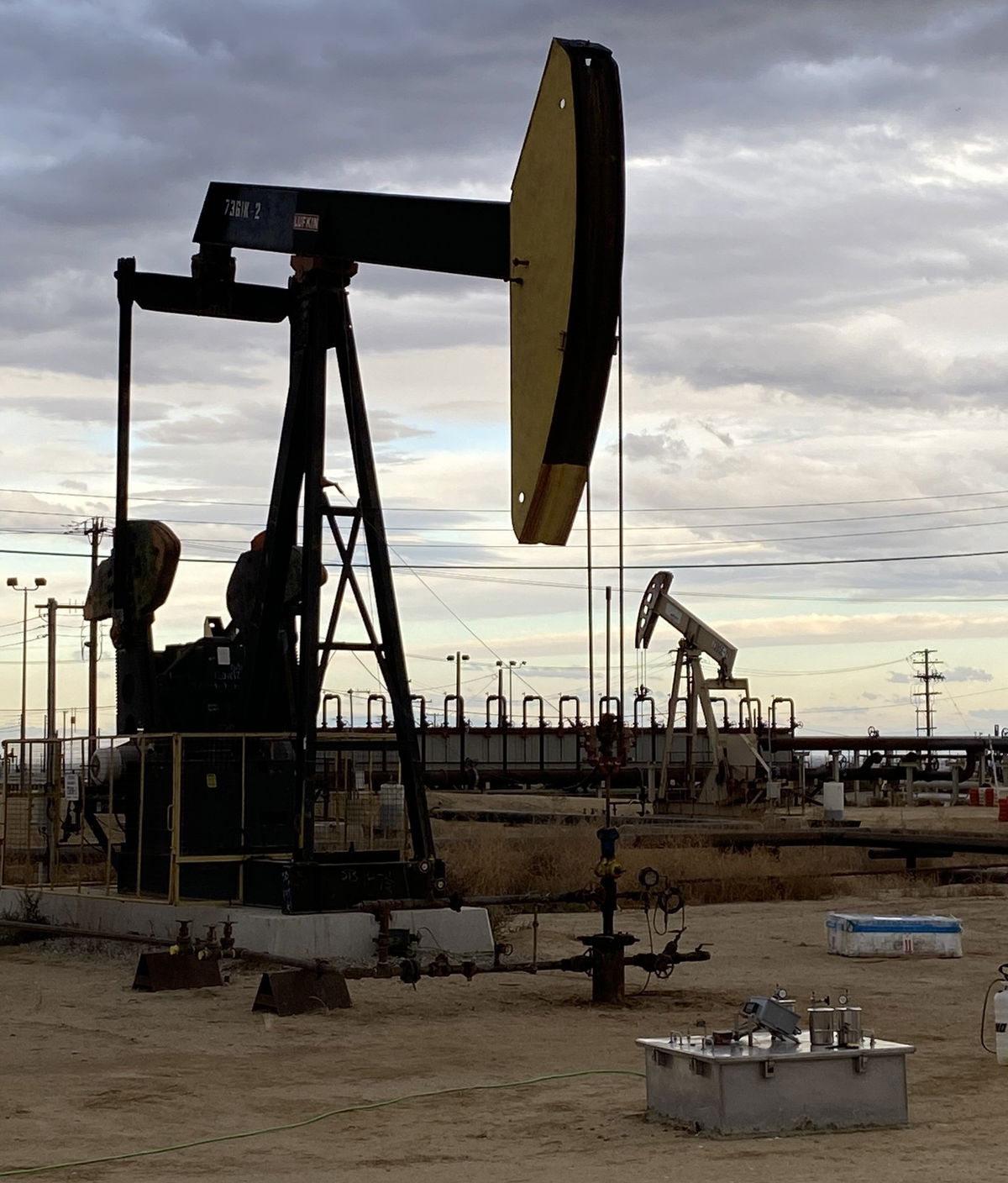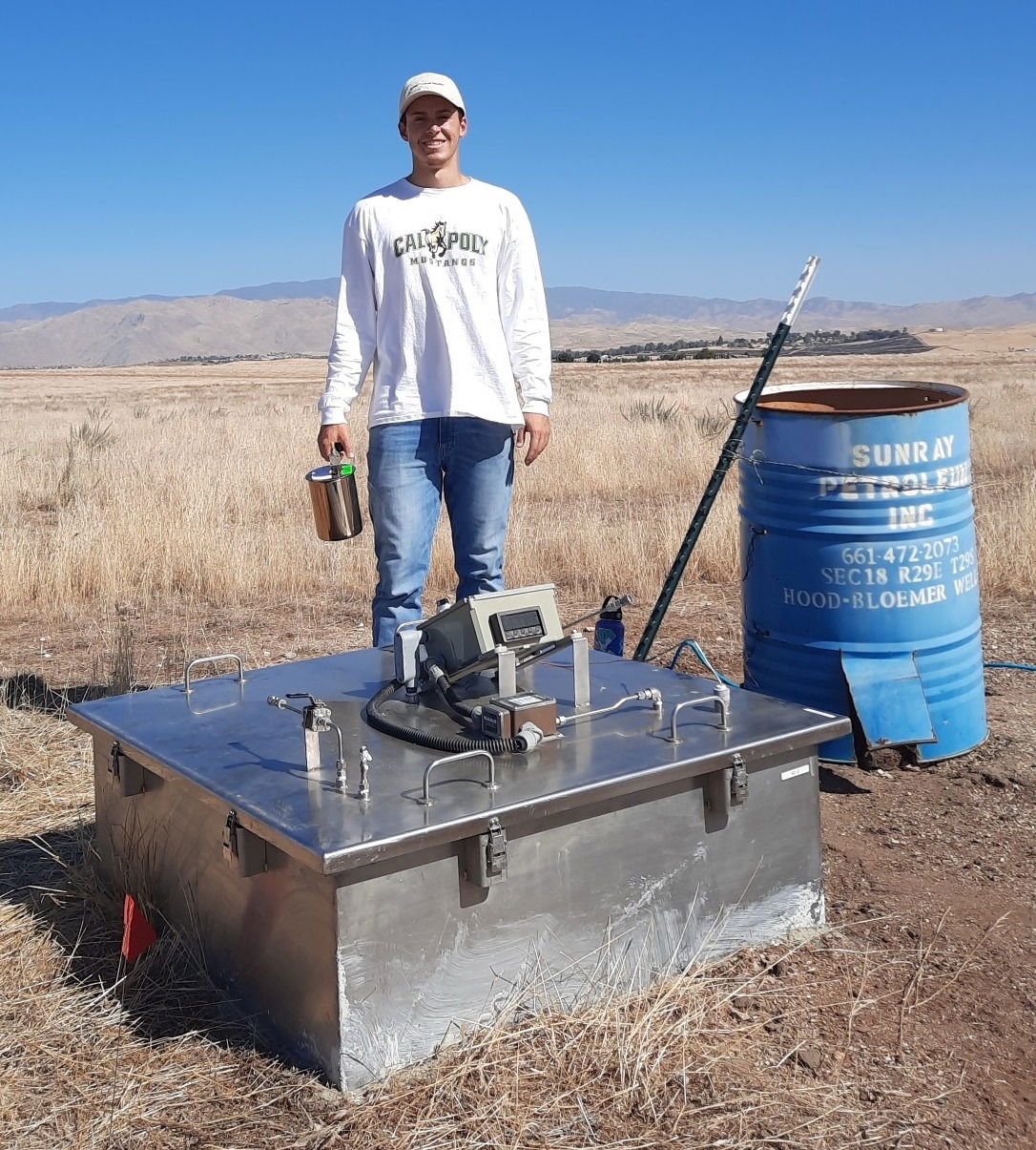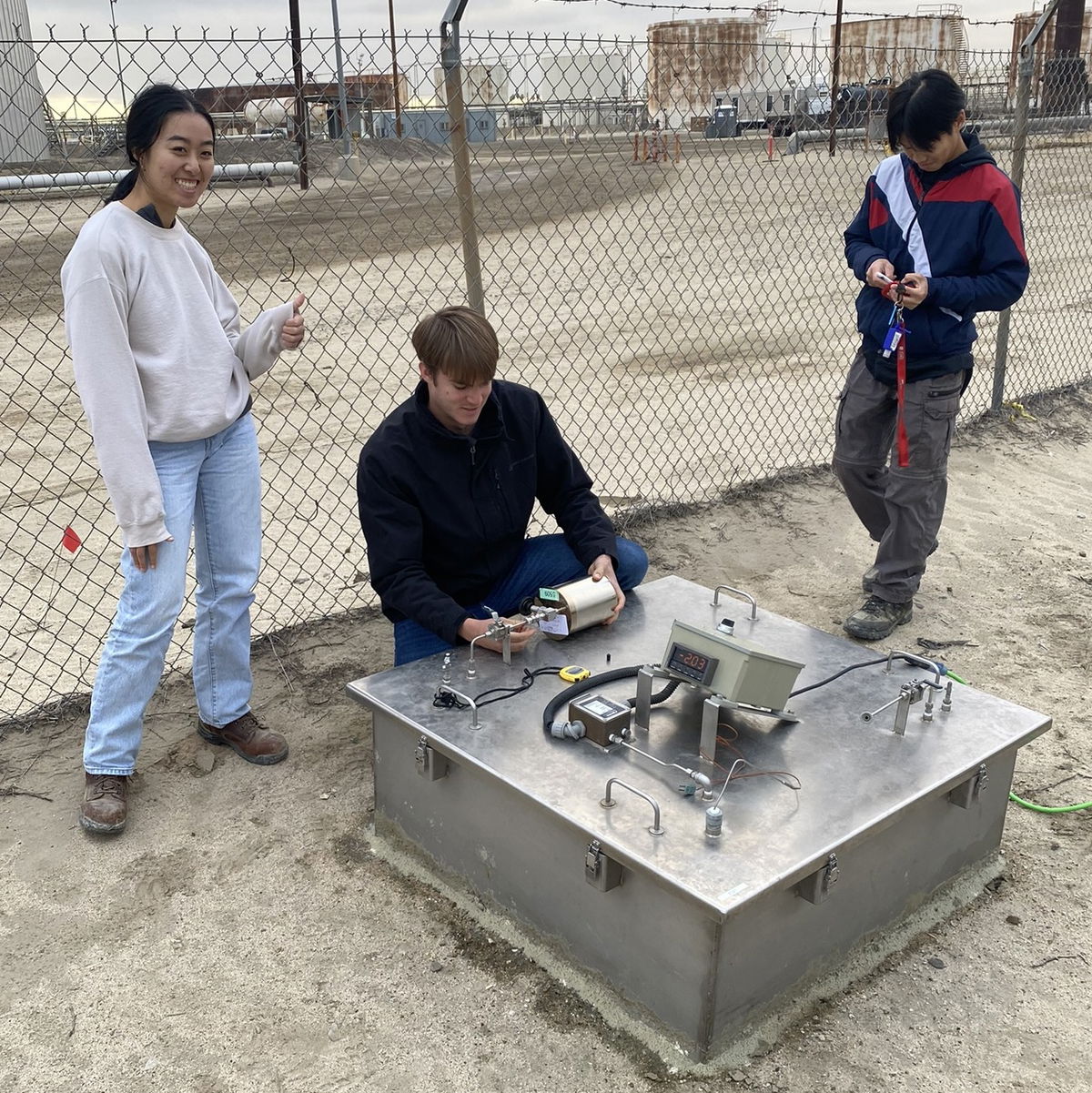Grant doubles efforts of Cal Poly faculty and students researching emissions from oil and natural gas wells

SAN LUIS OBISPO, Calif. – Thanks to a $1 million grant from the California Department of Conservation, a new three-year project will provide expanded research of greenhouse gas emissions from California's idle and abandoned oil and natural gas wells.
The project, led by Cal Poly Assistant Professor Derek Manheim who is joined by Dr. Nazli Yesiller and Dr. Jim Hanson, will build on existing studies and provide a more comprehensive guide on associated emissions explained a press release from California State Polytechnic University Wednesday.
The team expects that the new funding will double the number of wells that are studied added Cal Poly.
According to Cal Poly, there are an estimated 180,000 plugged and abandoned wells statewide that join thousands of inactive, but unsealed wells.
All of those wells have the potential to release methane and volatile organic compounds which impact the air quality of nearby communities and contribute to broader climate change noted Cal Poly.
Researchers will use drone-based measurements of methane and volatile organic compounds, handheld optical gas imaging cameras, and portable gas sniffers detailed Cal Poly.
"We’re combining traditional fieldwork with cutting-edge technology to address a critical environmental challenge," said Dr. Manheim. "This research also provides invaluable hands-on experience for our students, preparing them to tackle real-world challenges."
The amount of methane leaking from idle and abandoned wells has been notably absent from tracking of the state's ambitious goal to achieve carbon neutrality by 2045.
One California community had multiple wells leaking notable amounts of methane for days before they were discovered by a French documentary camera crew covering global efforts to clean up oil and natural gas infrastructure.
In the image below, courtesy of Cal Poly, environmental engineering graduate student Ryan Luzzi takes a gas sample from a flux chamber at a testing site at Kern Bluff in East Bakersfield as part of the team's research with Sunray Petroleum.

Local legislators, non-profit groups, and the state government have taken steps since then to improve public and private response to the second leading source of methane emissions statewide according to a 2019 Nature study.

For more information about Cal Poly's environmental research and initiatives, visit the Global Waste Research Institute here.
